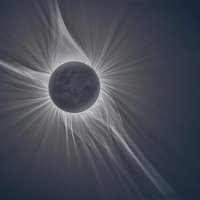
Black Hole
@konstructivizm
Only New Content, news, articles, images, videos, and discussion
#space,#FollowMe, #Nature, #astronomy, #Nasa, #astrophotography, #science
ID: 138882249
http://mesonstars.com/ 30-04-2010 22:23:32
67,67K Tweet
686,686K Followers
40,40K Following

































